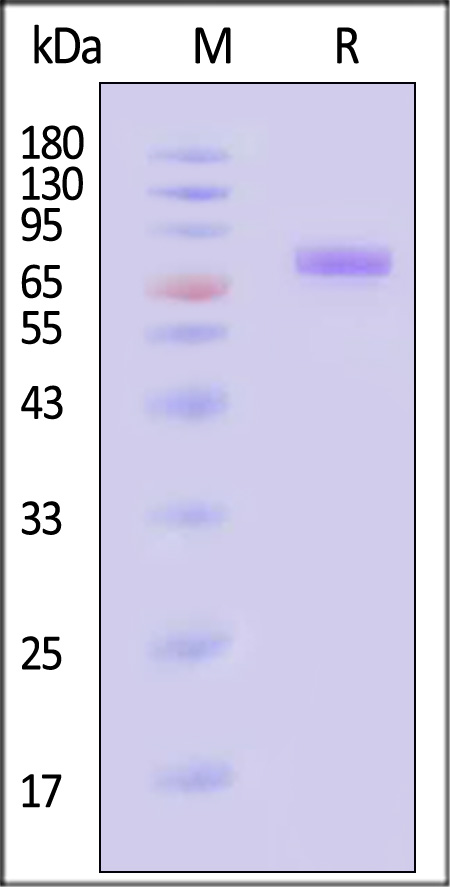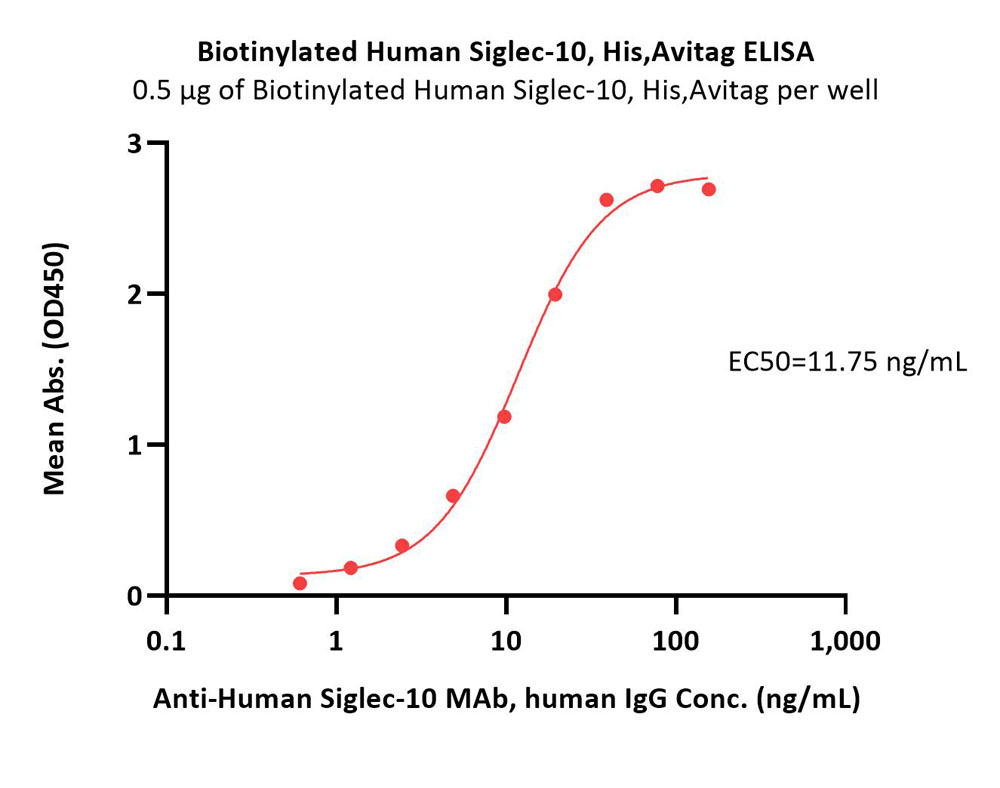Preemptive optimization of a clinical antibody for broad neutralization of SARS-CoV-2 variants and robustness against viral escapeZhu, Rajan, Hayes
et alSci Adv (2025) 11 (13), eadu0718
Abstract: Most previously authorized clinical antibodies against severe acute respiratory syndrome coronavirus 2 (SARS-CoV-2) have lost neutralizing activity to recent variants due to rapid viral evolution. To mitigate such escape, we preemptively enhance AZD3152, an antibody authorized for prophylaxis in immunocompromised individuals. Using deep mutational scanning (DMS) on the SARS-CoV-2 antigen, we identify AZD3152 vulnerabilities at antigen positions F456 and D420. Through two iterations of computational antibody design that integrates structure-based modeling, machine-learning, and experimental validation, we co-optimize AZD3152 against 24 contemporary and previous SARS-CoV-2 variants, as well as 20 potential future escape variants. Our top candidate, 3152-1142, restores full potency (100-fold improvement) against the more recently emerged XBB.1.5+F456L variant that escaped AZD3152, maintains potency against previous variants of concern, and shows no additional vulnerability as assessed by DMS. This preemptive mitigation demonstrates a generalizable approach for optimizing existing antibodies against potential future viral escape.
Role of N-linked glycosylation sites in human ACE2 in SARS-CoV-2 and hCoV-NL63 infectionNoettger, Zech, Nchioua
et alJ Virol (2025)
Abstract: Angiotensin-converting enzyme 2 (ACE2) is a transmembrane protein known for its physiological role in the renin-angiotensin system that also serves as a receptor for entry of SARS-CoV-1, SARS-CoV-2, and the seasonal human coronavirus NL63 (hCoV-NL63). ACE2 contains seven N-linked glycosylation sites. Molecular simulation and binding analyses suggest that some of them are involved in the interaction with the Spike (S) proteins of hCoVs, but their relevance in S-mediated fusion and viral entry is poorly investigated. To address this, we determined the impact of all seven N-linked glycosylation sites in ACE2 on S-mediated SARS-CoV-2 and hCoV-NL63 infection as well as cell-to-cell fusion. We found that all mutant ACE2 proteins are expressed and localized at the cell surface, albeit ACE2 lacks all glycans at decreased levels. On average, changes in T92I, N322A, and N690A, as well as combined mutation of all N-linked glycosylation sites increased endocytic VSVpp infection mediated by early HU-1 as well as Omicron BA.2, BA.5, and XBB.1.5 SARS-CoV-2 S proteins. In comparison, only the lack of glycan at N322 in ACE2 enhanced syncytia formation and only in the case of HU-1 and XBB.1.5 S proteins. Changes in N90A, T92I, and N322A increased infection by the early SARS-CoV-2 HU-1 strain about twofold to threefold but had lesser effects on infection by genuine Omicron variants. Despite reduced cell surface expression of ACE2, elimination of all N-linked glycosylation sites usually enhanced SARS-CoV-2 infection via the endocytic pathway while having little effect on entry at the cell surface in the presence of TMPRSS2. Our results provide insights into the role of N-linked glycans in the ability of human ACE2 (hACE2) to serve as receptors for coronavirus infection.Several human coronaviruses use angiotensin-converting enzyme 2 (ACE2) as a primary receptor for infection of human cells. ACE2 is glycosylated at seven distinct positions, and the role of glycans for the entry of SARS-CoV-2 and hCoV-NL63 into their target cells is incompletely understood. Here, we examined the impact of individual and combined mutations in hACE2 glycosylation sites on Spike-mediated VSV-pseudoparticle and genuine SARS-CoV-2 and hCoV-NL63 infection and cell-to-cell fusion. Our results provide new information on the role of glycans in hACE2 for infection by highly pathogenic and seasonal coronaviruses.
Patient-specific mutation of a contact site protein Tomm70 causes neurodegeneration in a zebrafish modelGarg, Heinrich, Perera
et alDis Model Mech (2025)
Abstract: Tomm70 is a receptor at the contact site between mitochondria and the endoplasmic reticulum, and has been identified as a risk gene for hereditary spastic paraplegia. Furthermore, de novo missense mutations in TOMM70 have been identified to cause neurological impairments in two unrelated patients. Here, we show that mutant zebrafish ruehreip25ca also harbor a missense mutation in tomm70, affecting the same conserved isoleucine residue as in one of the human patients. Using this model, we demonstrate how loss of Tomm70 function leads to impairment. At the molecular level, the mutation affects the interaction of Tomm70 with the endoplasmic reticulum protein Lam6, a known sterol transporter. At the neuronal level, the mutation impairs mitochondrial transport to the axons and dendrites, leading to demyelination of large calibre axons in the spinal cord. These neurodegenerative defects in zebrafish are associated with reduced endurance, swimming efficiency, and alterations in the C-start escape response, which correlate with decreased spiking in giant Mauthner neurons. Thus, in zebrafish, a mutation in the endoplasmic reticulum-mitochondria contact site protein Tomm70 recreates some of the neurodegenerative phenotypes characteristic of hereditary spastic paraplegia.© 2025. Published by The Company of Biologists.
Renal Implications of Dysregulated Protein Homeostasis: Insights into Ubiquitin-Proteasome and Autophagy SystemsDelrue, Speeckaert
Biomolecules (2025) 15 (3)
Abstract: The ubiquitin-proteasome system (UPS) and autophagy maintain protein homeostasis, which is critical to cellular function and survival. The dysregulation of these pathways has been recognized as a hallmark of acute kidney injury and chronic kidney disease. This review elucidates the role of the UPS and autophagy in kidney disease, namely through inflammation, oxidative stress, fibrosis and apoptosis. The pathways of NF-κB, TGF-β and mitochondrial failure result in glomerular injury and tubulointerstitial fibrosis due to impaired proteostasis in podocytes and tubular epithelial cells. Recent studies have revealed a connection between the autophagic process and the UPS, wherein compensatory mechanisms aim to spike down proteotoxic stress but eventually seem inadequate in cases of chronic derangement. Low-dose pharmacological inhibitors, autophagy modulators, and new gene and nanotechnology-based treatments may all help to restore the protein balance and reduce kidney injury. A more thorough understanding of these pathways is needed to develop kidney-protective and disease-modifying therapeutic interventions.


























































 膜杰作
膜杰作 Star Staining
Star Staining
















